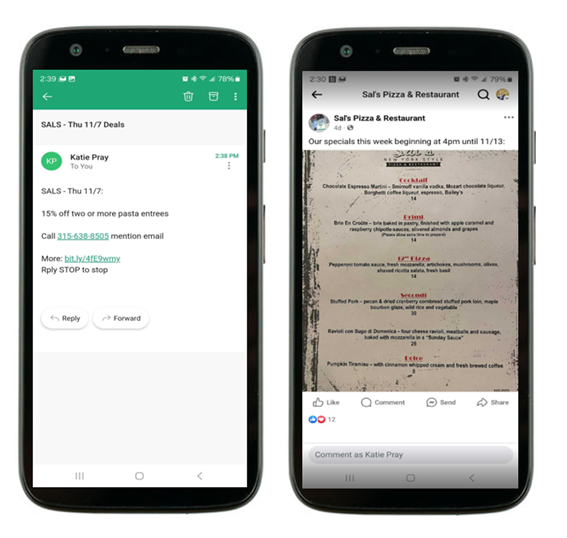Why Mobile Gaming Ads Deserve Your Attention
We often hear, “I don’t want my ads showing up in gaming apps.” But here’s the truth: if you’re not advertising in mobile games, you’re leaving significant opportunities on the table.
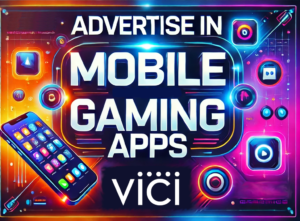
When we say “gaming apps” you’re probably envisioning a Gen Z guy playing Minecraft on his phone. Nope! A new survey of 207,500 North American mobile gamers conducted by in-game advertising experience platform Monetizr is challenging demographic stereotypes. Players over 43 — Gen X and Boomers — represent 43% of gamers on the platform. Notably, they outnumber both Millennials (born 1981-1996) and Gen Z and younger (born 1997 or after) on mobile. And mobile players are nearly evenly split by gender. Females represented 51% of mobile gamers surveyed. That “gamer” your envisioning could just as easily be a Mom playing Words With Friends! In fact, the average age of mobile gamers is approximately 36 years old.
Mobile gaming is no longer just for niche audiences. It’s a dominant channel with immense potential for reach and engagement. A recent report by Digital Turbine highlights that traditional ad strategies often miss out on up to 60% of mobile, gaming-first audiences. Adjusting ad spending to include this channel can boost overall reach by up to 20%.
Why Gaming Ads Work
Mobile games captivate users for longer sessions than other platforms like YouTube. For example:
- 58% of consumers in the CPG category spend more time gaming than watching YouTube.
- By targeting gamers, brands could reach 9% more retail-focused consumers who aren’t on traditional platforms
Gaming ads offer unique interactive experiences, making them more engaging compared to static or passive formats found in social media or traditional media. This helps brands stand out in highly competitive advertising seasons, such as the holidays or political cycles.
And with so many digital options on mobile with Mobile Conquesting, Social Mirror and Online Video to name a few, targeted to your ideal audience that also plays games…score! It is a win-win!
People spend a significant portion of their online time on mobile devices. Comscore data reveals that 57% of digital media usage in the U.S. comes from apps, with gaming apps being a significant contributor. Players often engage in gaming apps during their downtime, making them more receptive to ads that solve immediate needs or spark local interest.
Many businesses are still hesitant to adopt in-app advertising. By starting now, you can capture attention in a less saturated space compared to other platforms like social media or search ads.
Our Mobile Conquesting product allows advertisers to use both location based targeting combined with demographic and behavioral targeting to reach desired consumers on their mobile devices.
Social Mirror ads look like your social media display or video posts but appear on other websites and apps, linking back to the social media platform and your website, and run across all devices using our targeting strategies.
We are “mirroring” the EXACT look of your social post as an ad that runs on thousands of OTHER websites and apps, targeted just to the people you want to reach across all devices. Social Mirror ads can be done with any organic or paid posts from s business account on these 8 social media platforms: Facebook, Instagram, X (previously Twitter) LinkedIn, TikTok, Pinterest, Snapchat, or YouTube.
Ads can be display, video, OTT across connected TVs, or carousel. Call-To-Action buttons can include Click-To-Call, Click-To-Email, and Click-For-Directions!
Video ads are :15 or :30 and play before or during the content someone has clicked to watch, appear on thousands of websites or apps, across all devices, are skippable or un-skippable, and use our targeting strategies.
Top Brands Are Already Shifting
Brands like Unilever, Coca-Cola, and Amazon have started incorporating mobile games into their strategies. This approach has proven to effectively navigate challenges like rising ad placement costs and consumer fatigue during heavy advertising periods.
It Is Not Game Over For Games.
If you’re hesitant about mobile game advertising, think of it as an opportunity to engage a loyal, diverse, and growing audience. It’s time to embrace gaming ads as a core component of your media mix strategy.
The post Why Mobile Gaming Ads Deserve Your Attention appeared first on Vici Media Inc..

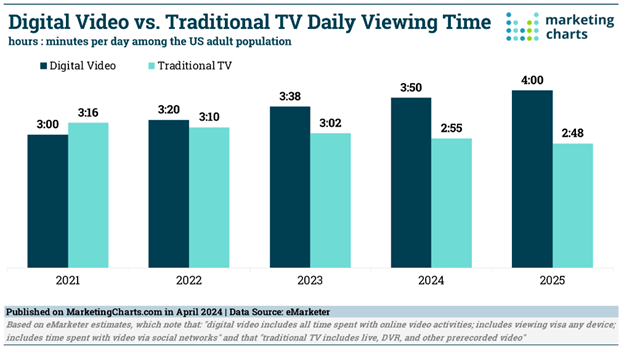
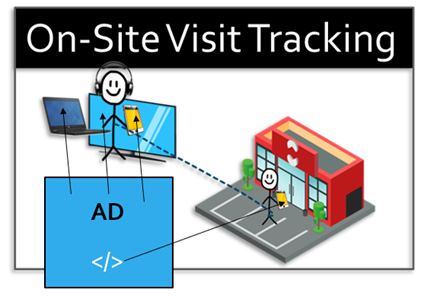
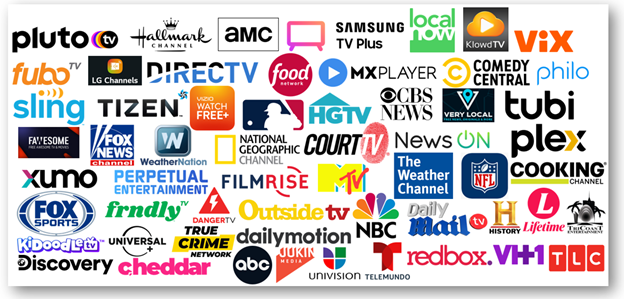
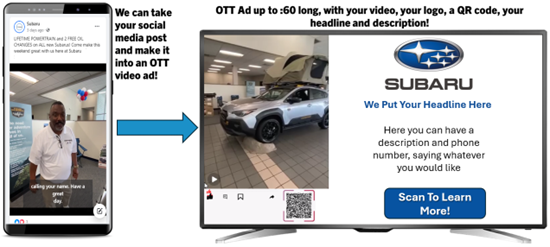 We can take any video the client has posted on any of the 8 social platforms we work with, and from that create the Social Mirror OTT ad!
We can take any video the client has posted on any of the 8 social platforms we work with, and from that create the Social Mirror OTT ad!

